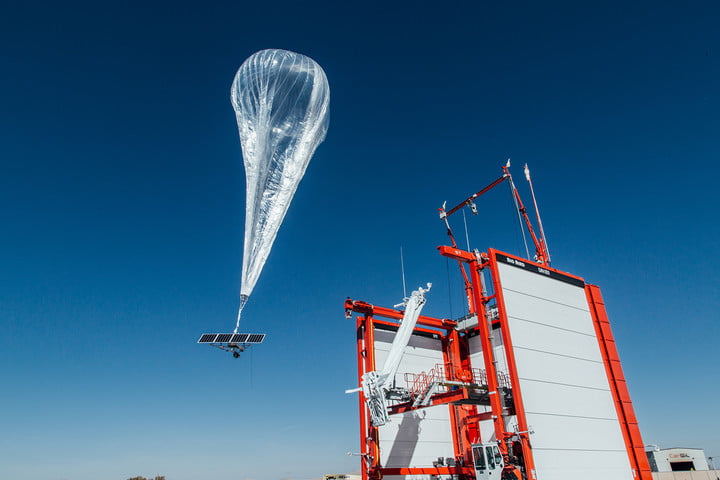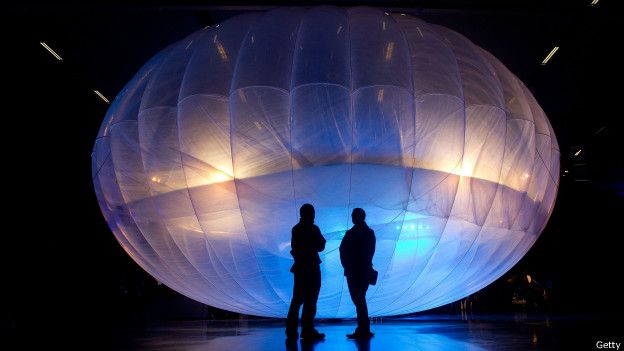Loon Project: WiFi in the Balloons
It is difficult to imagine a day without Internet in our countries, but billions of people all over the world still lack connectivity, as happens in countries of the African continent and some of Latin America.
Telecommunications companies in the world have great problems to provide Internet services in remote or rural areas where cell towers are not economical. In this sense, several Telecommunications operators are signing commercial agreements with the company Google (Alphabet) who have developed the Loon project to distribute the Internet through balloons.
The Loon Project seeks to launch balloons into the stratosphere that act as beacons, connectivity is transmitted from the ground to the balloons at about 12.5 miles high. Project Loon uses custom launchers to send their balloons to the sky, where they mount wind currents to position themselves in the region that is required in the world.
The Loon Project (Google company) has launched several of these balloons in countries such as Kenya, Puerto Rico, Peru and Sri Lanka where they have seen the need to distribute the Internet due to earthquakes, hurricanes, floods or simply because they are regions with jungles and mountains far from cell towers.
The company Project Loon is signing commercial agreements with operators such as Telkom Kenya, where its objective is to provide the service to people who live in distant regions of the cellular coverage of the towers. Its purpose is to train people in these villages to improve their health, and even increase crop production through Internet network exploration, as well as training them to generate new business from the web.
In the case of Puerto Rico, Google obtained authorization from the Federal Communications Commission (FCC) of the United States to take these experimental helium balloons to the stratosphere of this country, whose communications networks were rendered useless in the wake of Hurricane Maria in 2017 This has improved the condition of the country, since the island had 20% and 60% of communications facilities that did not work, which left more than 3.5 million inhabitants out of service.
The helium balloons were also tested in Peru at the beginning of 2016, after the great floods that affected the country.

How to provide Internet service through balloons?
These balloons carry an internal computer and fly at a height of about 20 kilometers, in this way they capture the mobile Internet signal (LTE) of the interconnection towers on land (towers of Telecommunications operators), and then irradiate to the regions of difficult access.
The company Project Loon maintains its control center in Nevada, USA and uses portable launchers to guarantee a broad signal coverage in the regions in need. These launchers allow the team to determine the best places to launch balloons taking into account wind patterns and atmospheric conditions.
These launchers are basically cranes over 16 meters high that were made to measure and are able to fill the balloons to later launch them. This takes approximately 30 minutes. After that, Google uses about 8 stations on Earth and close communication with each of the balloons to direct it to a region where the service can be irradiated.
Google's new strategy
In this sense, the opinions are divided, where some see that the Loon Project is a Google strategy for monopolizing more users and obtaining more information in remote areas and the future business that this may represent. Others, without a doubt, will think that Google is doing everything possible to take the Internet to those areas where, due to natural disasters or other reasons, they are disconnected. This opens a debate about the scope that Google could have in the countries and the businesses or not that it could be doing with some Telecommunications companies.
Google has a clear goal and is simply to get 5,000 million people to access the Internet in the next 10 years. Offering speeds of around 15 Mbps, more than enough to transmit streaming video or surf the Internet without any problem.
YOU WISH TO LEAVE A COMMENT ON THE ARTICLE
